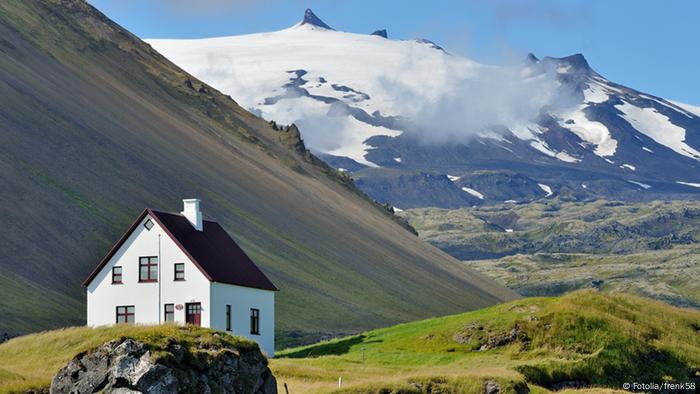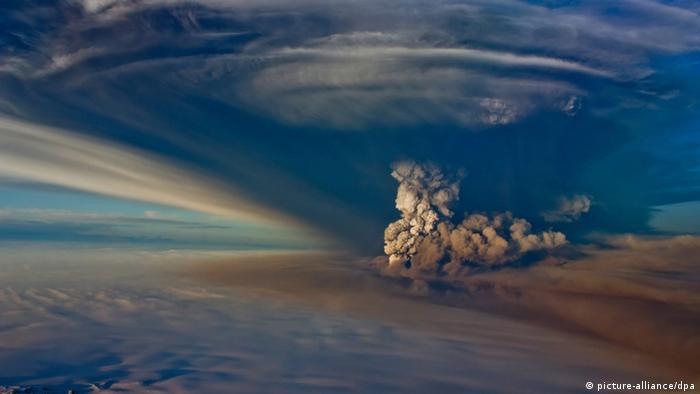Awaiting the Eruption
"I have experienced earthquakes before but never so many in a row.""It is very unusual to feel the Earth shake 24 hours a day for a whole week. It makes you feel very small and powerless against nature."Auour Alfa Olafsdottir, Reykjavik resident"We are used to it, it started one year ago.""But it is much more now -- very unsettling. I'm not afraid but this is uncomfortable. I woke up twice last night because of [tremors].""There was a very big one when I went to sleep, and I woke up with one. It is difficult but you have to learn to live with it."Pall Valur Bjornsson, deputy member of Parliament"[The concern is that perhaps] this is the start of a major volcano-tectonic event at Bárðarbunga, which may further develop to the southwest. This is a concern because in the southwest there are fissures that have produced Iceland’s most voluminous lava flows, since the ice melted some 9,000 years ago.""These fissures are up to 100 km long, and far to the southwest they can trigger eruptions at the Torfajökull volcano. Torfajökull happens to have an abundance of sticky magma that can erupt explosively and produce lots of fine ash. The last eruption, in 1477-1480, produced just two lava flows and minor explosions. But the one before, in about 874 AD, produced an explosive eruption plume that was carried over much of Iceland.""Also to the southwest of Bárðarbunga lie the rivers which produce much of Iceland’s hydroelectric energy, and a fissure eruption in this area could cause big problems. Icelanders have long known about this possibility and have specific plans in place should this happen.""I emphasize that we don’t know yet whether this is an isolated event or the start of a more prolonged and larger volcano-tectonic episode. It may be years before we know for certain. But at some time in the future there will be a major fissure eruption to the southwest of Bárðarbunga – we just don’t know when."Dave McGarvie, volcanologist, The Open University
 |
| Bardarbunga caldera is about 10km wide in diameter. Iceland Geological Survey |
Iceland has been experiencing swarms of earthquakes over a period of months. So many that Iceland was hit with no fewer than 17,000 quakes in the past week alone, raising concerns over the potential for a volcanic eruption. In the southwestern region of Reykjanes peninsula Icelanders report having felt earthquakes of up to 5.6 magnitude on the Richter scale. The morning of February 24 saw the largest of the earthquakes rattle residents in the city of Reykjavik along with municipalities surrounding it.
It is an area holding roughly two-thirds of the entire population of Iceland. Magnitude 5.0 earthquakes struck on February 27 and March 1. Icelanders are familiar with the occasional earthquake rumbling beneath their feet. The land sits over a tectonic plate boundary situated between North America and Eurasia where the plates continuously slide apart along the mid-Atlantic ridge. Most of the seismic activity goes unnoticed by the residents, however -- only noted as it is picked up by sensitive scientific equipment.

In the fishing village of Grindavik some residents claim to have felt a constant ground tremor. Not much in the way of physical damage has occurred; a number of cracks in the road; rockfalls on slopes near the epicentre, but residents are well aware that the severity of the quakes and a resulting volcanic eruption could escalate the situation. At the Icelandic Meteorological Office, Elisabet Palmadottir specializing in natural hazards feels an earthquake of larger magnitude could soon occur and that causes concern.
"In this particular area, where we've seen activity in the past week, we could experience a magnitude 6.0 earthquake. But we could have a 6.5 to the east of the area, east of the Kleifarvatn Lake", she advised. The region has multiple volcanoes and meteorologists know that the constant rumbling could be a warning of an upcoming eruption. "Such signs are often detected in the run-up to eruptions -- it has not been confirmed that an eruption has begun. Further analysis is underway", stated the Icelandic Meteorological Office.
Some things are known of a certainty; that these rumblings, their endurance and threat presage the potential for a volcanic eruption. Which could occur without warning, at any time. Or not, though it hardly seems likely given their persistence and the strength that some of the tremors attain.
 |
| The last eruption of Grimsvotn canceled the country's main airport |
Labels: Earthquakes, Iceland, Tectonic Faultline, Volcanic Eruptions

0 Comments:
Post a Comment
<< Home